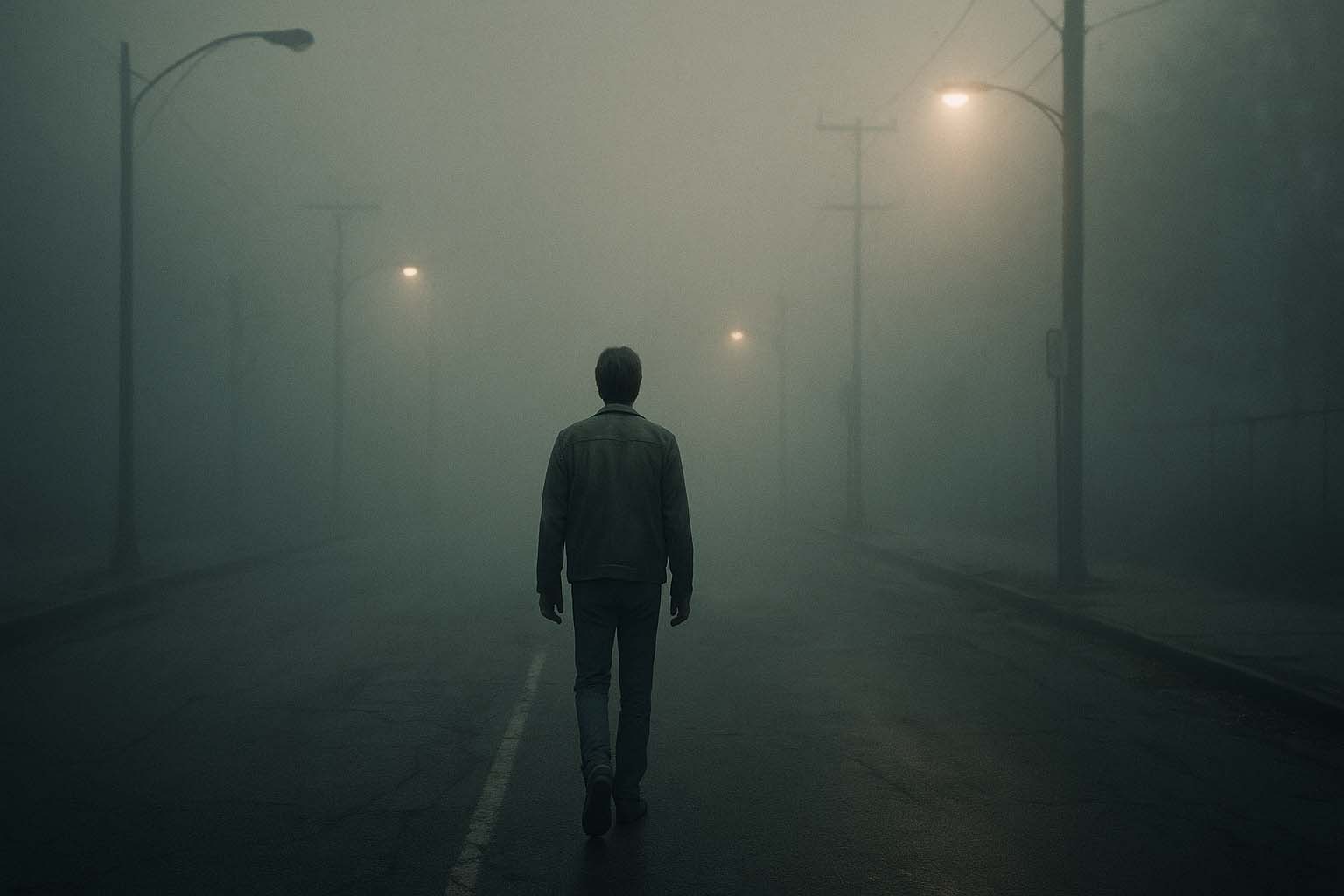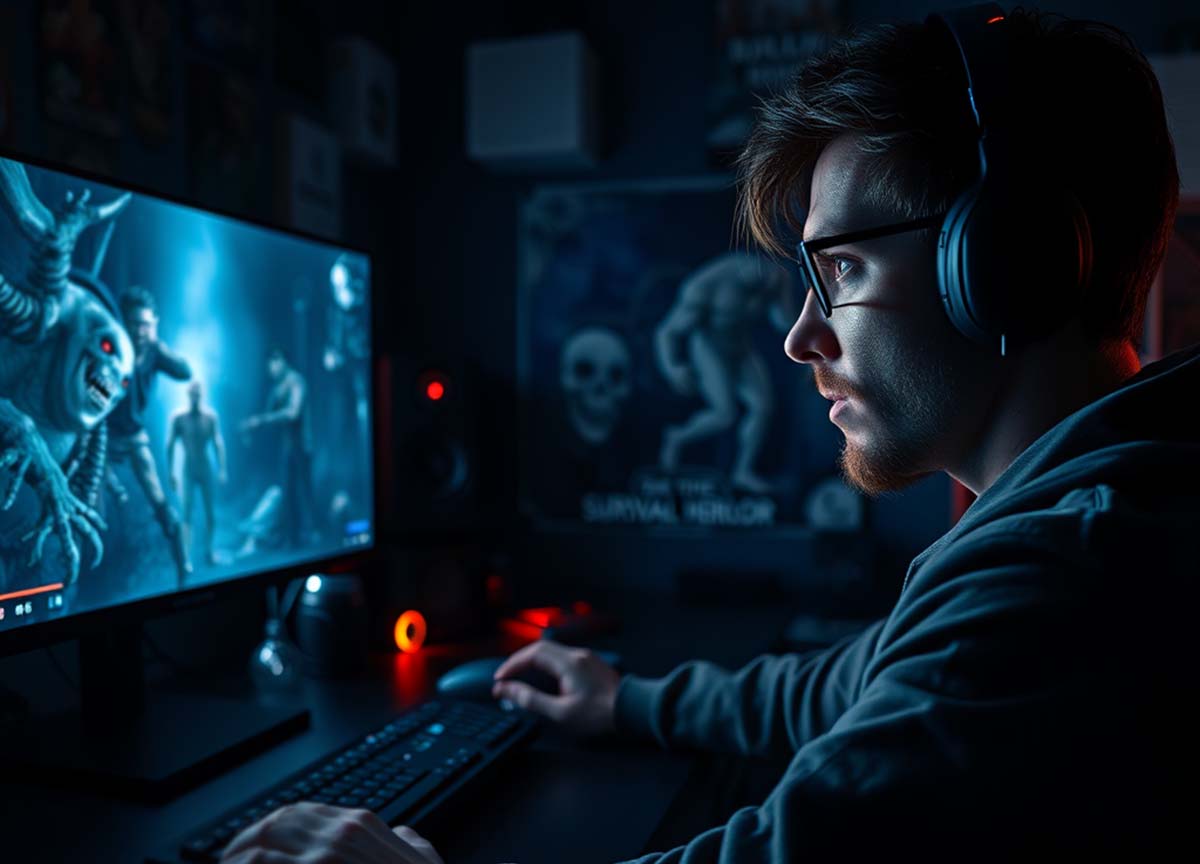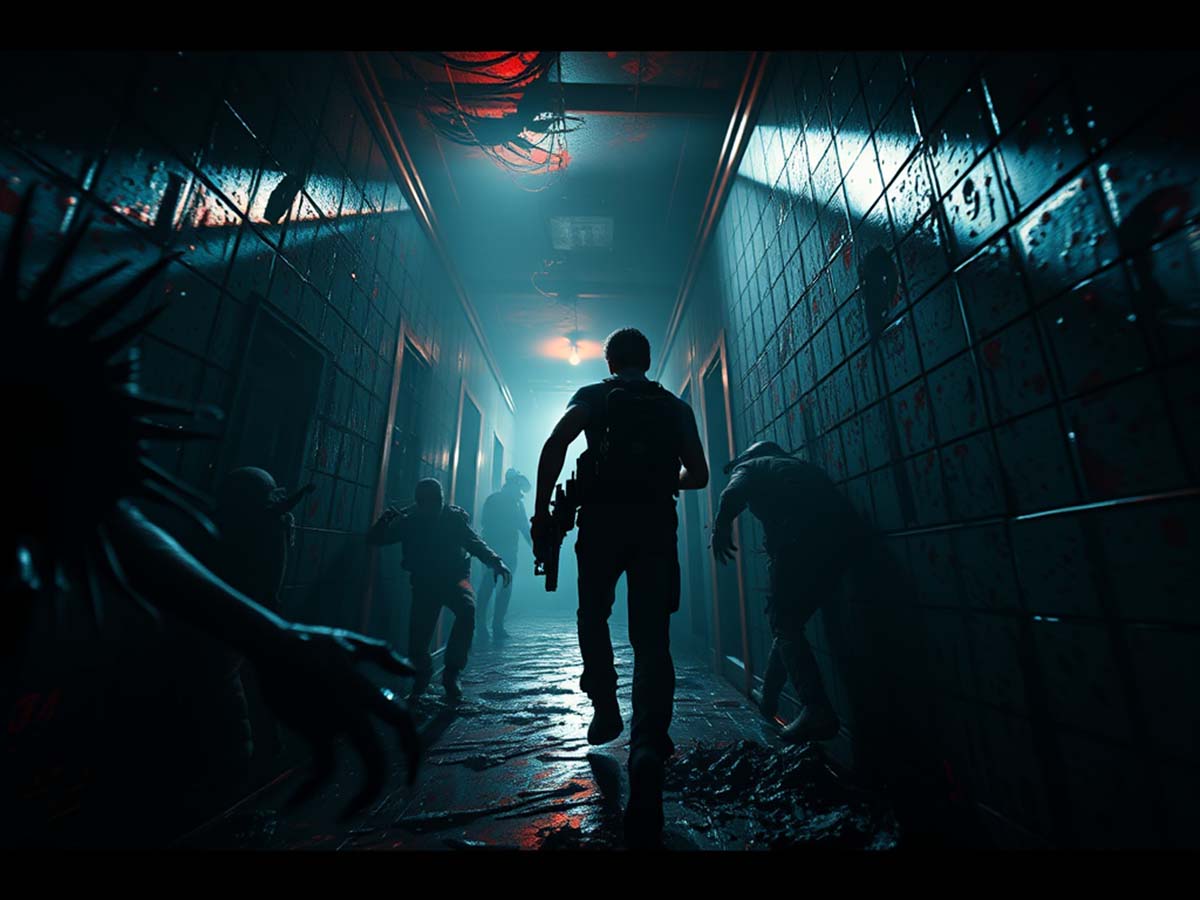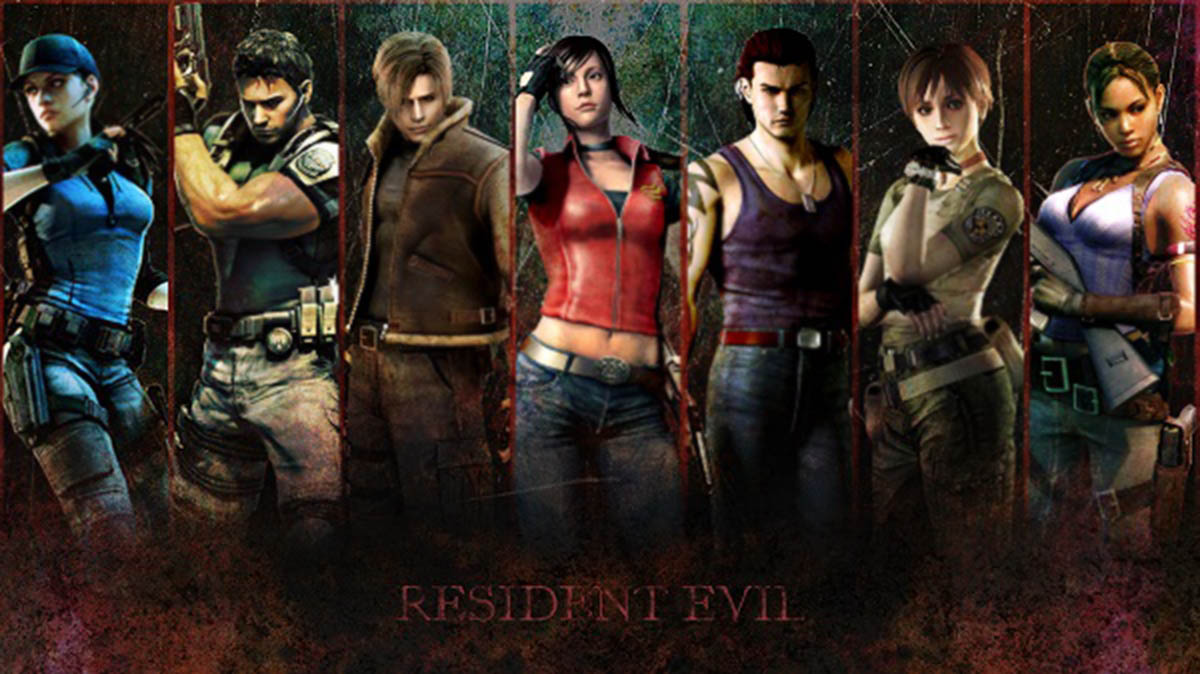How Camera Angles in Classic Horror Games Created Real Fear
In the early days of gaming, horror titles didn’t rely on high-resolution graphics or cutting-edge visuals to terrify players. Instead, they leaned on something more subtle but equally powerful—camera angles. From the mid-1990s to the early 2000s, games like Resident Evil and Silent Hill used fixed camera positions to build suspense and unease. These angles were more than just a technical necessity—they were tools used to unsettle, mislead, and immerse players deeper into the experience.
Let’s explore how these early design choices shaped the way fear was delivered in classic horror titles and why those methods still leave a mark today.
Limitations That Became Strengths
During the infancy of survival horror, game developers faced numerous hardware restrictions. Smooth, dynamic 3D camera movement wasn’t easy to achieve. Instead of treating this as a disadvantage, developers used fixed camera angles as a creative workaround.
Rather than tracking the character’s movement fluidly, the camera would be placed in static positions—corners of rooms, high ceilings, or down hallways. The effect was intentional. These placements mimicked surveillance cameras, making players feel observed. The sense of being watched, even when alone, created a persistent layer of anxiety.
The Threat You Can’t See Feels Worse
Imagine walking through a decaying mansion in Resident Evil (1996). The camera is positioned up in the corner of the ceiling. You hear footsteps echoing, but the source is hidden. The door at the end of the hall creaks open slowly. You take a step forward—and a zombie leaps from the edge of the frame.
What makes this moment work isn’t just the creature. The discomfort started long before the attack. The camera’s angle limits your view. You can’t scan the environment fully. This creates unease, allowing your imagination to fill in the gaps.
The Camera as a Silent Narrator
In Silent Hill (1999), the camera does more than observe. It tells a story. Some scenes place the viewpoint behind a fence, suggesting confinement. Others zoom out to emphasize how alone the character feels. These subtle techniques help shape the mood without saying a word.
The atmosphere builds not through action but through suggestion. Players are urged to tread carefully, not because of what’s visible, but because of what might be waiting just beyond their reach.
Lack of Control as a Design Tool
Today’s games often give players full camera control, offering panoramic views of their surroundings. Early horror games didn’t. That wasn’t an accident.
By limiting control, developers shaped the player’s experience more tightly. A hallway might seem safe until something moves in a blind spot. The moment your character turns a corner, you’re startled—not because of a loud noise, but because you couldn’t see it coming.
This absence of control didn’t feel like a flaw. It amplified fear by removing certainty.
International Influence Behind Cinematic Techniques
The style wasn’t born in isolation. While many horror classics came from Japan, developers around the globe drew inspiration from film directors such as Alfred Hitchcock. These filmmakers used specific framing methods to stir suspense, and game developers borrowed the same approach.
Titles across Europe and North America followed suit. Fixed camera placement, tight shots, and unusual angles became universal tools in horror design. These weren’t just visual choices—they were emotional triggers.
The Staircase That Haunted Millions
One iconic example is the staircase scene in Resident Evil. As the character ascends, the camera looks down from above. It feels like something is watching from the ceiling. The stairs are narrow. Shadows stretch across the steps. You can’t see what’s at the top until you get there.
This design wouldn’t work with full control. The power of the moment comes from how restricted the view is. Your imagination does the rest.
When Fog and Angles Work Together
Silent Hill didn’t just use fog for atmosphere—it combined it with awkward camera placements to distort perception. Picture walking down a street, but the camera slowly drifts further away. As the field of view narrows, tension rises.
Other scenes tilt the camera off-center. It becomes harder to tell which direction you’re facing. Today, players might see that as disorienting. Back then, it was deliberate. Confusion became part of the experience, fueling the tension even when no enemy appeared.
Combat Becomes a Guessing Game
These camera choices weren’t limited to exploration. They played a huge role in battles, too. In the original Resident Evil, you often fought enemies before you could even see them. A growl might echo, but the source stayed hidden until you took a step forward.
This created a two-part challenge. First, you had to guess when the enemy would strike. Second, you had to plan your movement carefully, memorizing layouts and watching blind spots. Every encounter became more intense—not just physically, but mentally.
Not Everyone Liked It—But It Worked
Some players found this approach frustrating. They complained about the lack of freedom. For them, it felt like the game was fighting against their instincts.
But despite criticism, the technique proved effective. These games became cult classics not despite their camera angles, but because of them. They offered a different kind of fear—slow, creeping, and psychological.
The debate still continues today: should horror games let players control everything, or should designers guide the experience visually? For many, the answer lies somewhere in between.
Adapting Across Borders
Europe joined in with Alone in the Dark, developed in France. Instead of leaning on high-fidelity visuals, it used static angles to hide threats and create mystery. In Scandinavia, several indie titles explored similar ideas, using classic design methods to modern effect.
This showed that the approach wasn’t tied to one culture. It was a globally embraced technique, appreciated for its simplicity and emotional depth.
Where Did It Go?
As technology evolved, horror games shifted toward third-person or first-person views. Free camera movement became standard. Still, some developers looked back and brought static angles into newer titles as a form of tribute.
One standout is Tormented Souls (2021). Built on modern engines but rooted in old-school horror design, it reintroduced fixed angles with great success. Fans of the genre praised it for rekindling the mood of the classics.
Camera Choices Reflect Emotional Design
A horror game’s camera is more than a mechanical feature. It’s part of the emotional core. When selected with care, an angle can provoke anxiety, highlight isolation, or build suspense.
Players don’t just see—they feel. They aren’t just moving through levels; they’re being pulled into an experience. And when fear is emotional, it lasts longer.
What New Developers Can Learn
For today’s indie creators hoping to make memorable horror games, high-end visuals aren’t always the answer. Some of the most haunting titles used minimal graphics and maximum restraint.
Picking the right camera angle is like choosing the right word in poetry. You don’t always need to show everything. Sometimes, what’s hidden carries more weight than what’s revealed.
A Lasting Impact
Even with the shift in technology and design trends, the role of camera positioning in horror remains significant. The classics from the 1990s and early 2000s proved that fear doesn’t depend on realism—it thrives in the shadows, in what you can’t see.
Looking back at those games reminds us that strong design doesn’t need to be flashy. It just needs to be deliberate. Each shot, each shadow, and each corner helped shape how we feel.
In today’s era of high-definition horror, fixed camera angles still serve as a reminder of how effective simplicity can be. Sometimes, the scariest thing is not what’s right in front of you—but what’s just out of view.



